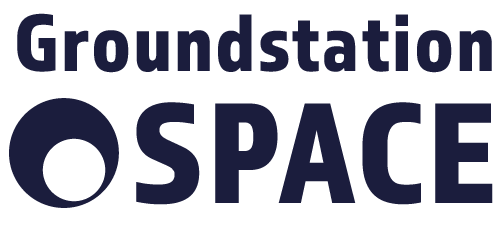NASA, ESA, and JAXA develop COVID-19 Impact dashboard

In light of the worldwide coronavirus (COVID-19) pandemic, NASA, ESA (European Space Agency), and JAXA (Japan Aerospace Exploration Agency) have united to utilize the aggregate logical intensity of their Earth-watching satellite information to archive planet-wide changes in nature and human culture. The abundance of these organizations’ aggregate data currently is accessible at the bit of a finger.
In a remarkable coordinated effort, the three space organizations have made the joint COVID-19 Earth Observation Dashboard, which incorporates numerous satellite information records with expository apparatuses to permit easy to use following of changes in air and water quality, environmental change, monetary action, and farming.
This tri-organization information asset gives people in general and policymakers a one of a kind device to test the present moment and long haul effects of pandemic-related limitations executed the world over. The dashboard will keep on developing with new perceptions included over the coming a long time as the worldwide economy continuously revives.
In April, the three organizations shaped a team to take on the test. The gathering recognized the most applicable satellite information streams and adjusted existing figuring foundation to share information from over the offices and produce pertinent markers. The dashboard presents clients with consistent access to information demonstrating changes in air and water quality, financial and rural movement on a worldwide scale and in select zones of intrigue.
The dashboard unites current NO2 information from two NASA and ESA satellites, alongside verifiable information for correlation. In extra to the worldwide perspective on NO2, directed provincial zones incorporate Los Angeles, Tokyo, Beijing, Paris, and Madrid.
Changes in another basic part of our air, carbon dioxide (CO2), are featured in the dashboard to test how worldwide and nearby responses to the pandemic have changed convergences of this atmosphere warming ozone depleting substance.
The dashboard presents information from a NASA satellite to search for worldwide scale, long haul changes in CO2. Carbon dioxide perceptions from a JAXA satellite focuses in on changes in select urban regions, for example, New York, San Francisco, Tokyo, and Delhi. Investigation from both NASA and JAXA informational indexes are predictable with the appraisals of outflow decreases in the Nature study.
Also the dashboard is focused on satellite perceptions from each of the three offices of absolute suspended issue and chlorophyll fixations in select waterfront zones, harbors, and semi-encased coves to survey what has delivered these adjustments in water quality, how across the board they might be, and to what extent they last. Long Island Sound, the North Adriatic Sea, and Tokyo Bay are among the zones analyzed.
Perceptions from space after some time of delivery movement in ports, vehicles left at malls, and evening lights in urban zones can be utilized as pointers of how explicit divisions of the economy have been influenced. Satellite information from every organization and business information bought by NASA and ESA are introduced in the dashboard to measure these progressions in Los Angeles; the Port of Dunkirk, France; Ghent, Belgium; Beijing, and different areas.
The dashboard will likewise introduce tri-organization satellite information searching for indications of changes in horticultural creation around the globe, for example, collecting and planting because of interruptions in the food gracefully chain or the accessibility of work. Understanding the degree of any such changes would be significant in keeping up worldwide and neighborhood markets and food security as the world recoups from the pandemic.
For more data on NASA’s reaction to the COVID-19 pandemic, visit: https://www.nasa.gov/coronavirus













